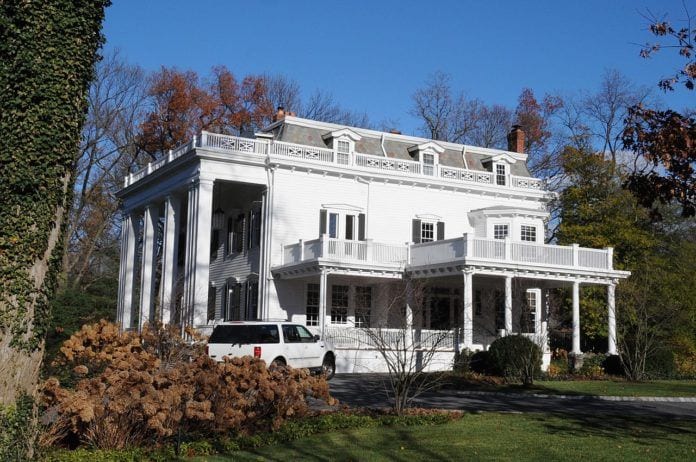Suffragist, abolitionist, and social activist Elizabeth Cady Stanton was born in Johnstown, New York, on November 12, 1815. She was the eighth of 11 kids born to Daniel and Margaret Livingston Cady. However, six of her siblings died early in life; leaving only Stanton and four of her sisters to live into adulthood.
Stanton’s father served a term in the United States Congress from 1814 until 1817. He later became a circuit court judge and then a New York Supreme Court justice. Through her father, Cady Stanton learned about the law, which had a major impact on her outlook and education.
More from Best of NJ
Stanton’s mother fell into a depression after losing so many children. This kept her from becoming deeply involved in her surviving children’s lives. Consequently, Cady Stanton felt like her eldest sister (by eleven years) raised her.
School Years
Stanton attended Johnstown Academy until she was 16 years old. In fact, she was the only girl in the school’s advanced courses in math and languages. Post-graduation, she faced her first sexist experience; she could not enroll at Union College because the school only accepted male students. Instead, she attended Troy Female Seminary, founded and run by Emma Willard; a women’s rights activist who dedicated her life to education.
Cady Stanton moved to Peterboro in 1839, where she met a journalist and abolitionist named Henry Brewster Stanton. The two volunteered for the American Anti-Slavery Society, and by the following year, were married. Over the following twenty years, they had six children together.
Meanwhile, Stanton helped organize the first women’s rights convention in 1848. Known as the Seneca Falls Convention, the event discussed the restrictions facing women; including their ability to vote, own property, and even control their own income. As a result, Stanton and her fellow activists helped to ensure that women received the same rights as men. These rights were detailed in the Declaration of Sentiments, which Cady Stanton helped write.
With the assistance of activist Susan B. Anthony, Cady Stanton formed the Women’s Loyal National League after Civil War. This group encouraged Congress to pass the 13th amendment to abolish slavery.
A Force for Change
In the late 1860s, Stanton began her most active years as a women’s rights activist. She moved to Tenafly, Bergen County, in 1868, where she and Anthony established the National Woman Suffrage Association in 1869. Through this group, Stanton strongly supported divorce rights, employment rights, and property rights for women.
In the early 1880s, Stanton collaborated with Anthony to complete the first three volumes of the History of Woman Suffrage.
Despite her declining health in the 1890s, Cady Stanton never relented. She even published her autobiography, Eighty Years and More, in 1898. But she eventually died of heart failure in her home in New York City on October 26, 1902. She was 86 years old.
For nearly 70 years, Cady Stanton resisted oppression. She worked to set America on the path toward a more progressive, positive, efficient future. Due to her historic work, her Tenafly home was declared a National Historic Landmark in 1975. She spent her time in the Garden State enabling the entire country to progress toward altruism.
Hero (Top) Feature Image: © JERRYE & ROY KLOTZ, M.D. / Wikimedia Commons
Additional Images (in Order) Courtesy:
Author Unknown / Wikimedia Commons
Library of Congress / Wikimedia Commons














